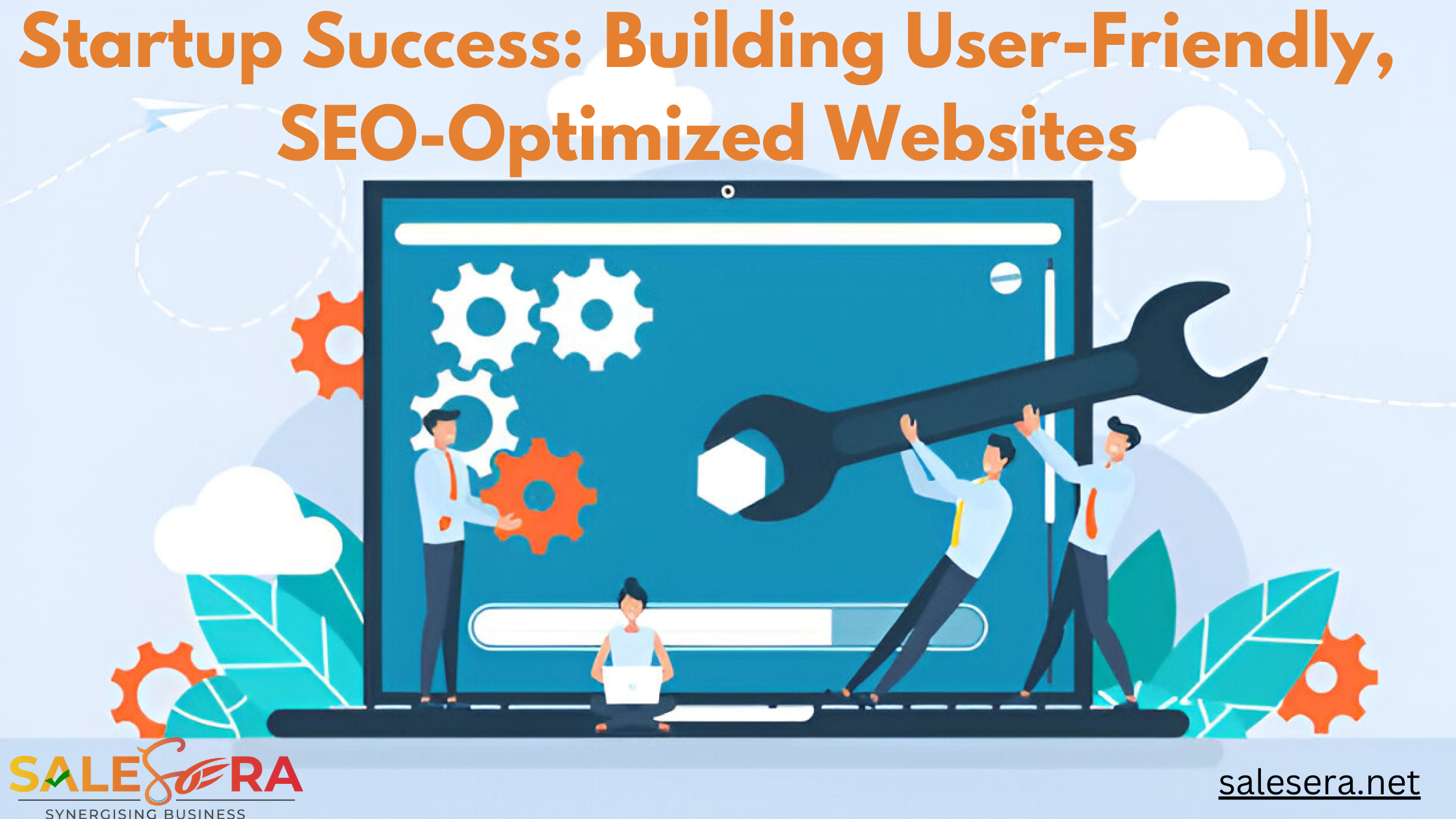In short, Facebook ads are paid posts used by a variety of businesses to help promote their products or services. To ensure businesses meet their intended audience, they’ll target ads based on demographics, location, interest, and other profile information. To gain potential revenue, businesses may also set an ad budget or click for every thousand impressions.
Types of Facebook ads
Depending on the type of campaign goals a business sets for itself, the type of Facebook ad may vary. A business focused on visual content, for example, may want to utilize image ads, which range from illustrations to photography. To ensure a business reaches its intended demographic, a high-quality image is recommended. This can also help produce brand awareness and increase potential sales of products.
One other type of Facebook ad is the video format, with its most common use being in product showcases. These are useful for businesses that intend to provide a demonstration or tutorial using moving elements. Also, whilst Facebook videos can be up to 240 minutes in length, shorter videos are recommended, and also more engaging. One potential disadvantage to advertising using Facebook videos is the required time and skill to produce them (https://blog.hootsuite.com/how-to-advertise-on-facebook/).
Instagram ads and their purpose
Similar to Facebook, the intended purpose of an Instagram ad is for businesses to promote their services to potential customers. With Instagram ads, it’s also important for businesses to factor in the cost of their advertising campaigns. As an example, businesses should pay attention to what content performs well already and what doesn’t. This will help them to make the most of their marketing budget and dedicate money to produce engaging campaigns or product launches.
 Types of Instagram ads
Types of Instagram ads
As with Facebook, Instagram contains very familiar methods for businesses to advertise their content, such as videos or images. A photo ad, as its name may suggest, allows a business to advertise its services through a single image. This is a strong recommendation for businesses that advertise online or focus on visual content.
Instagram also contains options such as video, slideshow, or carousel ads to produce content. A carousel ad, for example, allows users to scroll through multiple images on their device of choice. A slideshow option, however, offers a similar ad experience, yet with no scrolling required. Last, of all, Instagram also contains a video option for businesses, with up to 60 seconds in length
(https://sproutsocial.com/insights/instagram-advertising/).
Facebook ads vs Instagram ads- Increasing brand awareness
For any business, either substantial or small, increasing brand awareness is a major consideration. As discussed in the aforementioned sections, both Facebook and Instagram include very similar advertising features to grow their potential following. Which of these options, however, produces greater results for brand awareness?
One other factor to take into consideration is just how much brands and businesses are willing to invest in social media advertising methods. According to the above chart for both 2020 and 2021, the average spending rate for Instagram is far greater than that for Facebook. As of August 2021, Instagram has amassed a spending rate of 8.69% compared with Facebook’s 7.16%. These figures may also be a result of Instagram Stories having a higher click-through rate compared to other advertising options. So, in regard to brand awareness, Instagram is the recommended choice of platform. It’s important to note, however, Facebook ads are the cheaper alternative.
(https://hackernoon.com/facebook-ads-vs-instagram-ads-in-2022-which-perform-better).
 Facebook ads vs Instagram ads- Ease of Use
Facebook ads vs Instagram ads- Ease of Use
A major factor separating Facebook ads from Instagram is their more intricate user interface. For businesses to get the most out of Facebook ads, they’ll need to use more advanced options such as the Facebook Pixel app. This app allows businesses to gain an insight into what content users find engaging. To take full advantage of this feature may require a campaign manager, which may be too great a task for one person. Due to less complex features being required, Instagram is the more desired alternative for gaining traction with potential customers
(https://www.socialpilot.co/blog/facebook-ads-vs-instagram-ads).
Facebook vs Instagram ads- Age demographics and ad engagement
An important consideration for social media ads is the types of the age range of those who use them. Instagram’s primary demographic, for example, is based around 18-29 year-olds, with a 71% overall share. Major countries such as the United States and India represent a more substantial user base, ranging between 194 and 349 million users. So, targeted ad placement for businesses on Instagram has great potential for growth. How users spend their time on each platform is also an important consideration.
Whilst Instagram does present a greater ease of use for users, how users spend their time is enhanced on Facebook. Users on Facebook, for example, spend two times longer there compared to Instagram, spending up to 5 minutes per visit in total. This may be because of Facebook’s desire to promote lengthier posts compared to Instagram’s quicker, more absorbable content. Also despite Instagram’s approach to major younger demographics, Facebook’s user base is far more significant. Also, Facebook offers businesses more ways to promote their services, such as the Marketplace.
Although Facebook presents greater opportunities for market growth, Instagram presents engagement through clicks, with 4.59% per user. A majority of Instagram ads are also less intrusive, presenting users with a more seamless, easy-going experience. Also, Instagram presents advertisers with an opportunity to sell direct products from the app. This, therefore, increases the number of potential users to get invested in a business’ offerings and services
(https://www.clickcease.com/blog/facebook-ads-vs-instagram-ads/).
Facebook vs Instagram ads- Ad creation and appearance
Depending on a business’s goals, both Facebook and Instagram offer options for ad customization and reaching potential customers. Considering the wider range of features, Facebook is the recommended option for businesses that want more ad control. This is also the preferred choice for pushing direct sales and growing your user base. Saving budget is also a consideration for the success of ads, as it can be used to boost them if an update performs well with audiences.
One other additional feature that Facebook includes for ads is additional testing options, such as the ability to run dark posts. These types of posts can be advertised by a business for testing unpublished page posts, allowing them to run dozens of variants. By implementing this method, a business can share different content updates without overwhelming a user’s feed in the process
(https://vistasocial.com/insights/instagram-ads-vs-facebook-ads-which-is-better-for-your-business/).
Facebook vs Instagram ads- Business goals and industry outreach
Setting attainable goals is a measure of any successful business, and is also applicable to ad management. Facebook’s Ad Management tool, for example, allows a business of any scale to measure its objectives and which ones generate customer interest. It’s also an essential tool for pushing forward brand awareness and increasing conversion rates.
It’s also important to note that Instagram also has this option, yet presents a more limited approach to ad placement. Instagram has fewer options overall, so if a business decides to use them, alternative options must be considered. In addition, Instagram’s mobile app doesn’t allow the selection of business objectives, therefore presenting more limited functionality options. So, overall, Facebook is the recommended choice here
(https://digitalagencynetwork.com/why-advertise-on-facebook-and-instagram/).
Conclusion:
In summary, both Facebook and Instagram present many useful options for ad placement. As discussed, Instagram presents a more user-friendly experience, with a much simpler user interface. Whilst more experience can provide great benefits for businesses using ads on Facebook, a greater knowledge of conversion rates is required. In addition, Instagram ads cost less for businesses to run, saving them potential revenue in the process.
Some areas where Facebook ads prove the superior option is their overall global outreach, and more varied options for promotion. Facebook also has options such as its Marketplace, providing businesses with even greater opportunities for customer outreach. One area here where Instagram gains an advantage is being able to sell products without the use of an additional feature. This improves user functionality and makes a business’ ad placement more organic.
So, in conclusion, both these apps are beneficial, with their applications all dependent on the type of business and the content they promote. As demonstrated, Instagram is more user-friendly, with less experience required to run ads. On the other hand, Facebook has a wider variety of options in regard to promotion and outreach.






